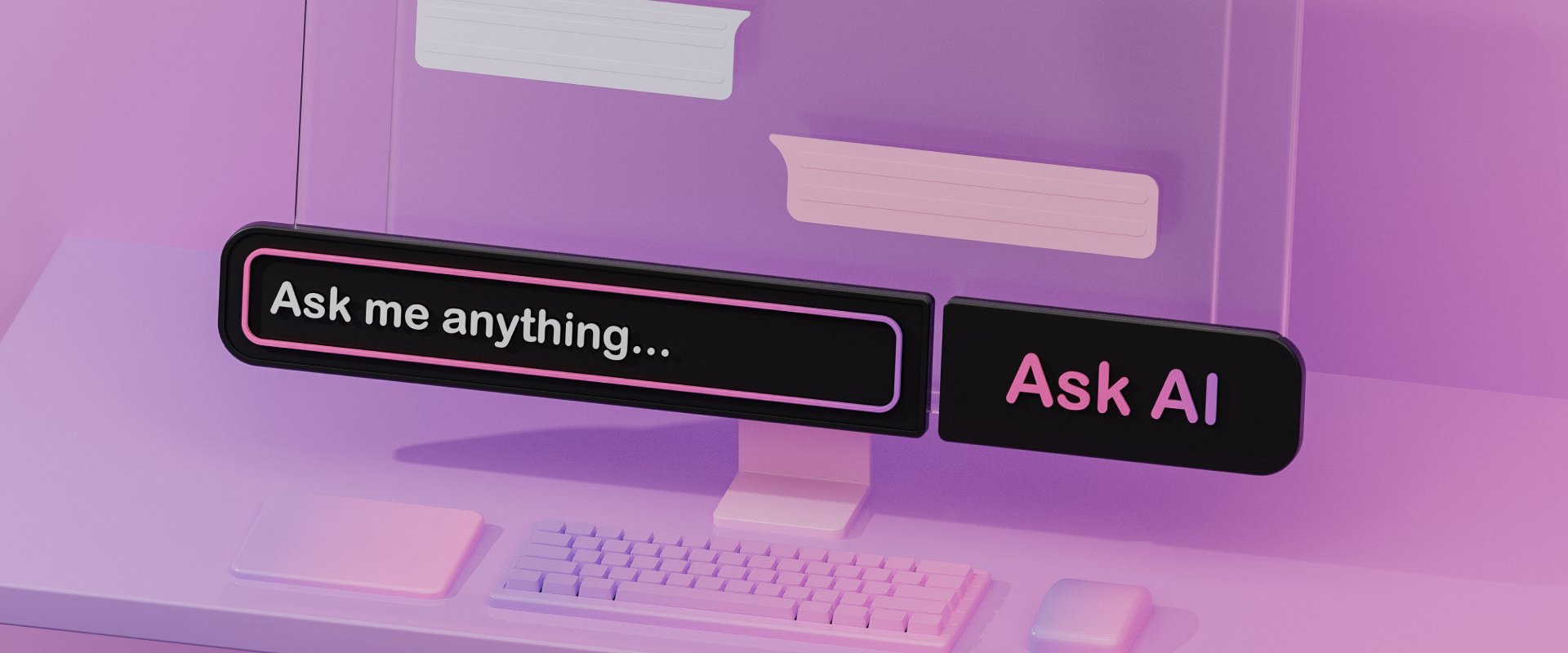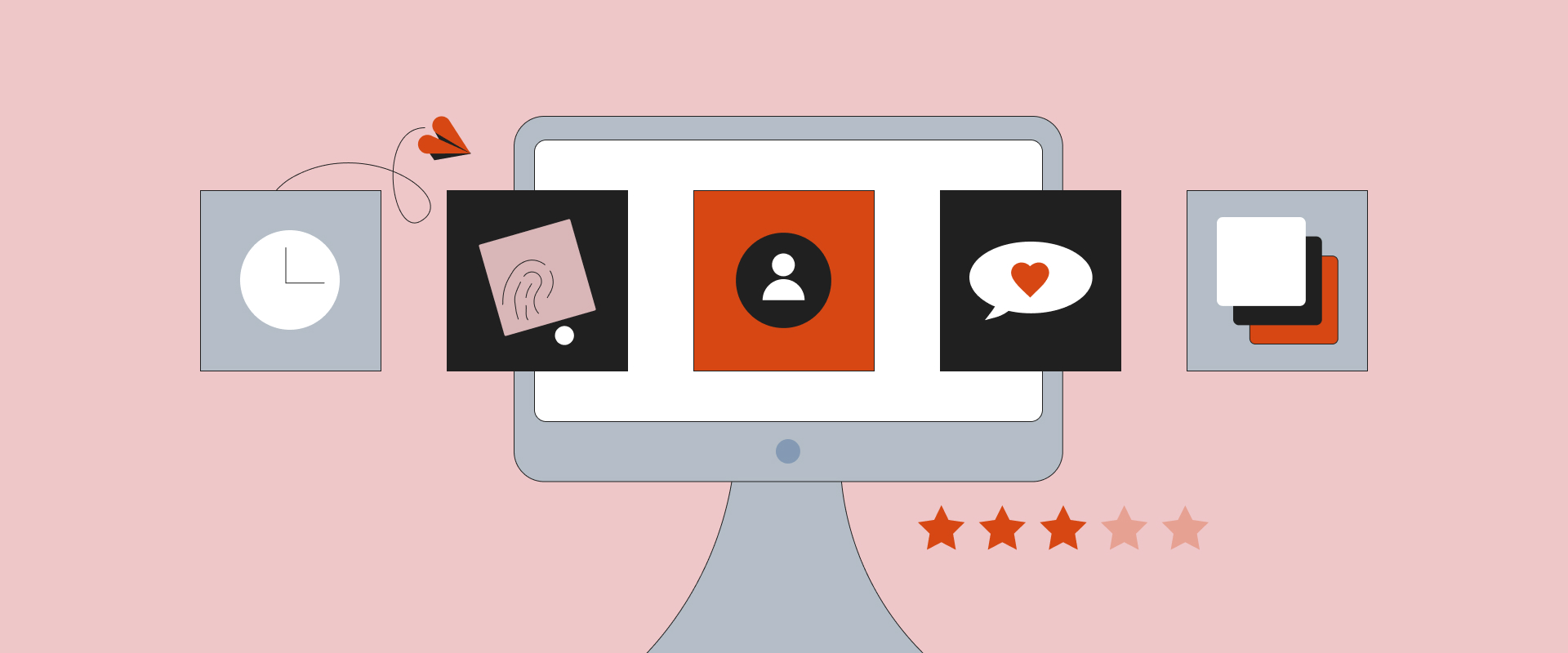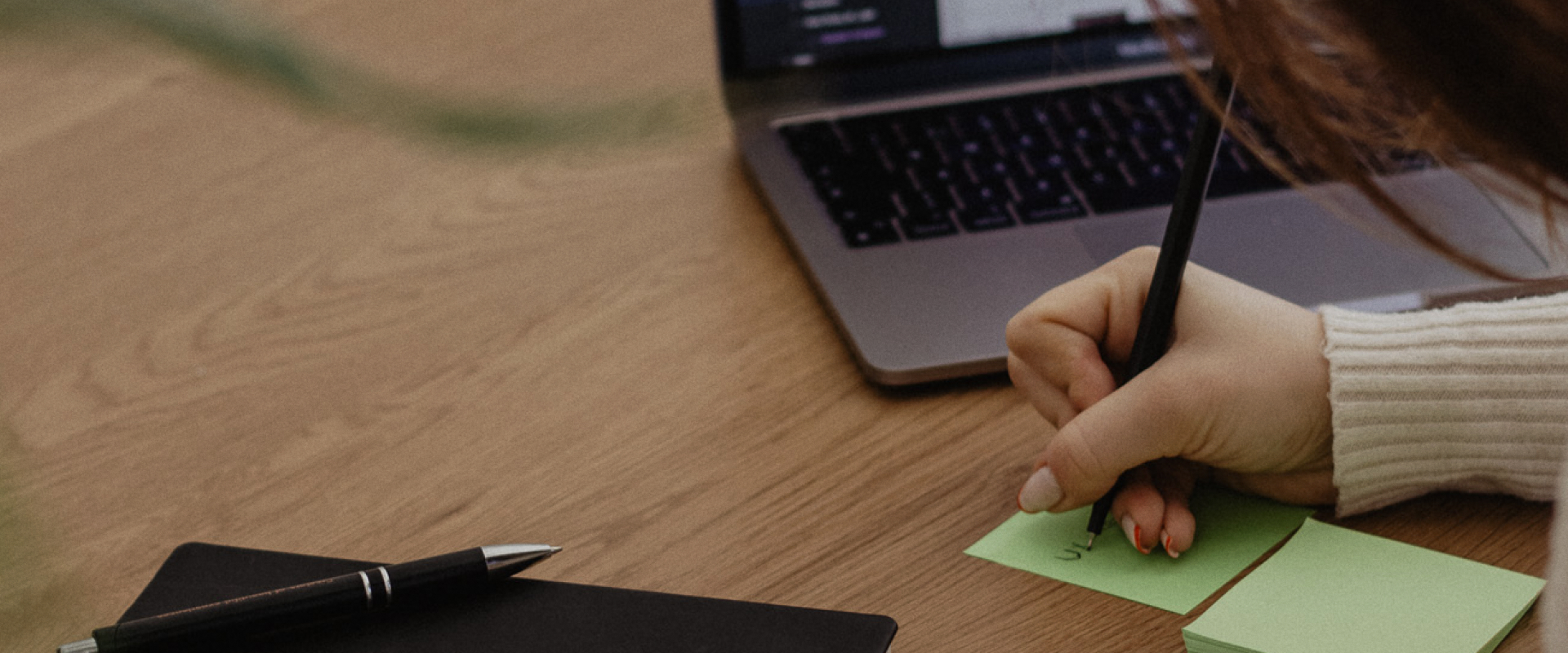The Future of Design Systems: Event Takeaways
.jpg)


.jpg)
Last week, our Munich office came alive once again as we hosted an event showcasing the transformative power of design systems in shaping the future of digital innovation.
Focused on how forward-thinking companies use design systems to streamline processes, reduce complexity, and create meaningful financial impact, the event brought together a mix of experts, enthusiasts, and visionaries to explore the future of cohesive digital experiences and their impact across industries.
More than 30 professionals gathered for an inspiring evening of presentations, insightful discussions, and networking with leaders in design and technology. Our speaker lineup featured industry voices from BMW Group, Seven.One Entertainment Group, and some of our dearest COBEes, each sharing unique perspectives on leveraging design systems for impactful results.
Our first speaker, Amra Dedic, a Senior UX Designer at COBE, captivated the audience with her presentation on "The Critical Role of DesignOps in Design Systems." She addressed key questions, such as do we need DesignOps, which departments are impacted by it, and what the core values of DesignOps are. Amra illustrated her points with real-world examples from companies that successfully integrated DesignOps, providing clear insights and practical examples.
💡 Key Takeaway: Overall she emphasized that DesignOps fosters a sustainable design environment by embedding standardized practices and automation. DesignOps helps streamline workflows across design, research, and HR departments, ensuring that designers can focus on creativity, reduce the need for non-design tasks, and prevent burnout. This approach improves productivity, quality, and consistency across the organization.
.jpeg)
The next talk was led by Ruben Simon, Head of Product for the Cloud Data Hub, at the BMW Group, and Korbinian Keckeis, Senior UX Designer at COBE. Using the joint project BMW CDH as an example, they discussed how to simplify complex technical processes to create a more intuitive experience for users.
The BMW CDH serves as an accessible data platform for over 40,000 users that simplifies data discovery, access, and compliance. By abstracting technical complexities and using a robust design system, CDH enhances usability and ensures consistency with BMW’s UX identity.
Ruben and Korbinian outlined BMW's user-centred approach to designing the CDH, where iterative feedback processes are central to the platform's development. They described how BMW conducts regular focus groups and usability testing sessions with employees across regions, ensuring the platform aligns with user needs and BMW’s brand identity. This continuous feedback loop drives updates and improvements, allowing the CDH to serve as an intuitive “one-stop data shop” that’s accessible to both technical and non-technical users. The speakers emphasized how these methods have streamlined data access and enhanced BMW’s data-driven decision-making capabilities.
💡 Key Takeaway: CDH centralizes data while making it accessible, efficient, and user-friendly, with a design system that strengthens brand consistency and usability. It’s BMW’s one-stop data shop, designed to simplify data interaction for both technical and non-technical users and to align the UI with BMW’s UX identity.
.jpeg)
The third talk featured Simon Heereman, Head of Product Design at Seven.One Entertainment Group, who explored how companies can foster a "culture of creativity" within their teams. He showcased the importance of a collaborative environment that encourages experimentation, diverse perspectives, and flexibility in the creative process.
Simon gave an inspiring example of how Seven.One fosters creativity through cross-functional projects that encourage experimentation and risk-taking. He described initiatives where designers work with colleagues from different backgrounds, enabling a mix of perspectives that leads to innovative solutions. This open, supportive environment also includes resources for designers to test and refine new ideas, enabling them to contribute meaningfully to projects while exploring their creative boundaries.
💡 Key Takeaway: Simon highlighted that nurturing creativity within organizational culture leads to innovation. He explained how collaboration across departments and flexibility in creative processes encourage designers to take risks and share unique perspectives. By promoting cross-disciplinary collaboration and allowing flexibility in creative processes, companies can foster innovation and support their designers’ professional growth.
.jpeg)
The final talk of the evening was presented by our Head of UX/UI, Tim Kawohl, who explored the future of smart interfaces and AI-driven, real-time adaptation. He shared that user experiences will become even more user-centric and personalized, pushing leading companies to design interfaces that not only respond to but also anticipate user needs — transforming how experiences are crafted.
Delving into the concept of AI experience design, Tim explained how AI not only enables real-time personalization, but also seamless interaction between humans and AI. He shared that AI-powered tools identify user patterns across devices, creating adaptive interfaces that anticipate user needs without relying on traditional personas. Tim highlighted the role of generative design systems, where designers can partner with AI to build experiences that are highly responsive and intuitive, ultimately bridging the gap between design and technology. This synergy, Tim noted, is revolutionizing how designers approach user journeys, making them more dynamic and predictive.
💡 Key Takeaway: Tim highlighted that AI is redefining the designer’s role, especially as generative design systems become more prominent. These systems enable real-time personalization without predefined user personas, allowing designers to craft experiences that evolve with each user’s needs. He emphasized the potential of AI to bridge design and technology, creating interfaces that are both intuitive and highly responsive to user behavior.
.jpeg)
We wrapped up the evening with some lively conversation over pizza and beer, allowing guests to network, share ideas, and discuss insights from the talks. Overall, it was a fantastic exchange of ideas, and we’re thrilled to have sparked meaningful discussions around the future of design systems.
.jpeg)
P.S. If you have ideas for future event topics or would like to speak at one of our upcoming events – feel free to reach out! 🙌🏼
Verena is a Marketing Manager. She loves taking on new challenges, both in her professional and personal life. She loves anything sports related — from hiking, to weightlifting, or simply watching Bundesliga from her couch. She’s also really nerdy when it comes to Harry Potter.




